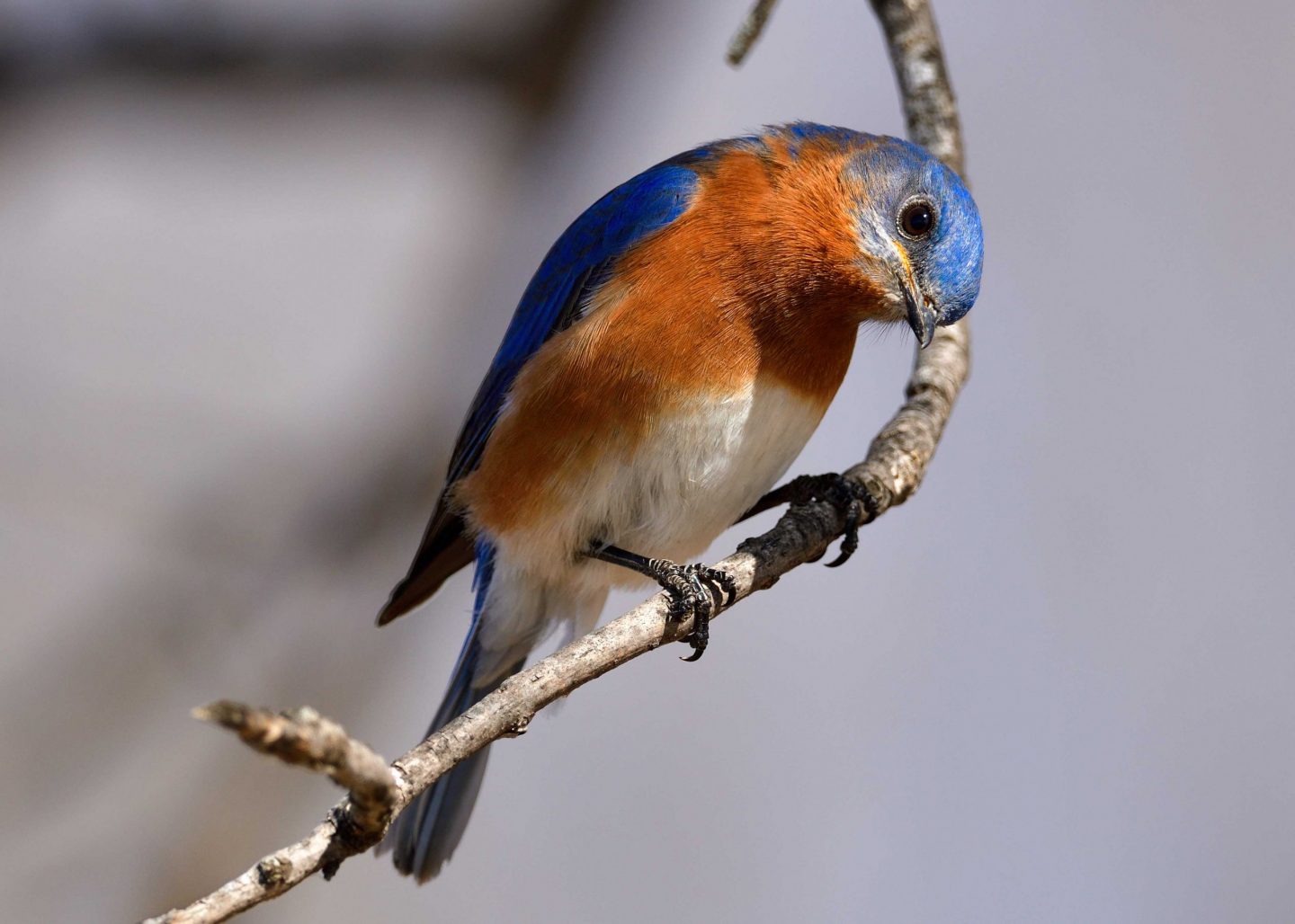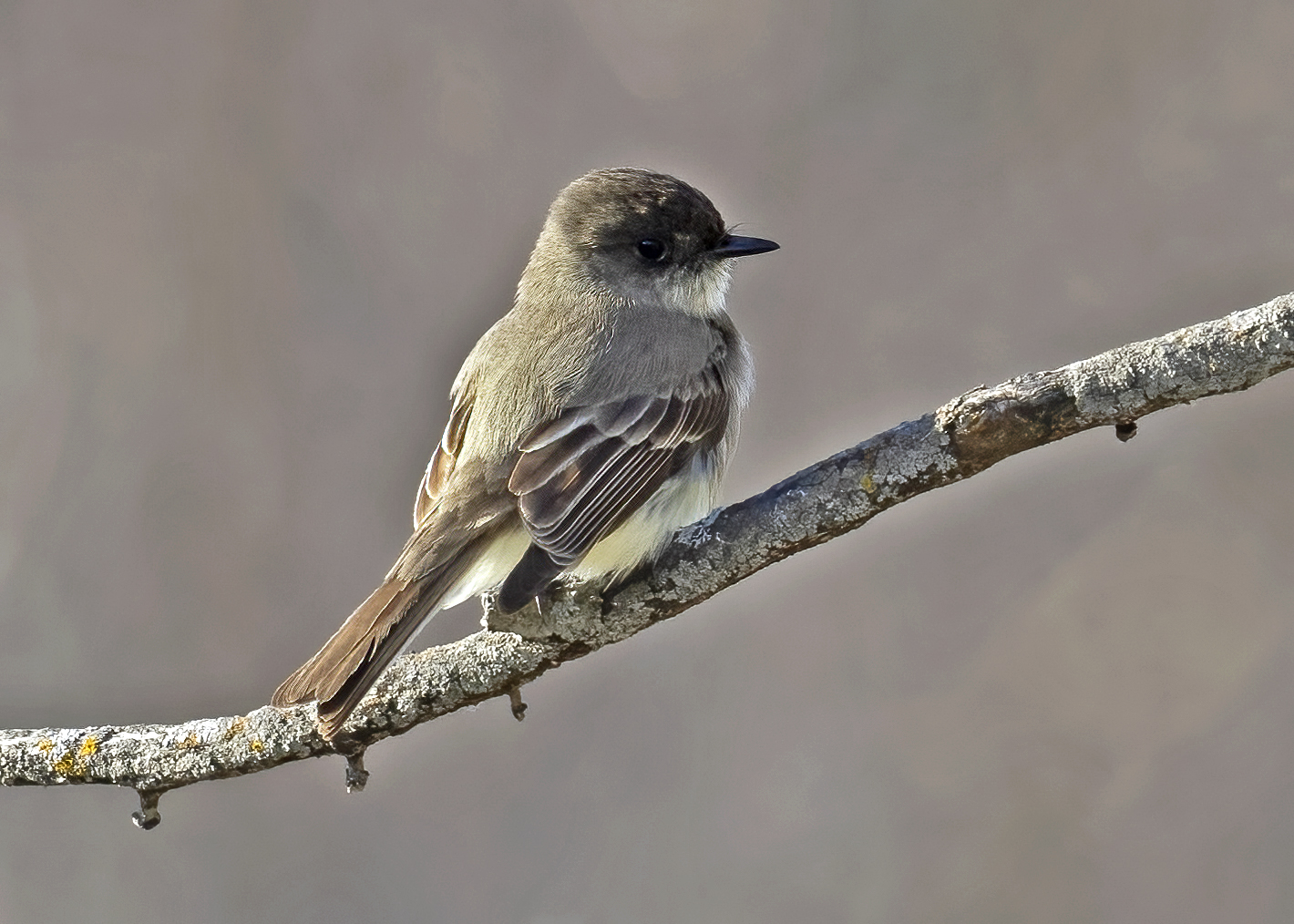
By Joel Jorgensen, Nongame Bird Program Manager, NGPC
Wildlife is routinely forced to endure setbacks and occasionally even catastrophic events that can dramatically reduce overall population. Fortunately, many species are resilient and have the capacity to recover from sudden declines. An unexpected and notable drop in numbers of two of our favorite feathered creatures, and the subsequent rebound in the last few years, serves as a recent case study of a comeback.
Eastern bluebirds are a familiar songbird whose dashing plumage and cheery song have the potential to brighten up anyone’s day. In 2021, in this very magazine, I wrote a short article lamenting the absence of eastern bluebirds at many of their usual haunts in Nebraska. Bluebird numbers suffered a dramatic sudden decline, perhaps as much as an 80% drop, following an intense mid-February cold spell that put much of the southern and central Great Plains in a deep-freeze. If you were in the state during that time, you probably still feel the chill deep in your bones from temperatures that sunk as low as over 30 degrees below zero.
The cold also reached well to our south and deep into states like Texas and Louisiana. Even though bluebirds are a semi-hardy species that regularly overwinter in Nebraska, the cold was associated with snow and ice, which likely covered critical food resources bluebirds and other species rely on to get them through the winter.

Numbers of eastern phoebes also suffered a similar fate. Phoebes are flycatchers that often nest under bridges or building eaves. This brown and white bird is perhaps more recognized by its “feee-bee” song over its appearance.
After a few years of these birds’ absence being more notable than their presence, 2025 was the first year in a while when it seemed like both species’ numbers were more or less back to normal. Wanting confirmation, I queried Steve Eno with Bluebirds Across Nebraska whether he and other “bluebirders” were witnessing the same sort of recovery.
Bluebirds Across Nebraska is an organization whose mission is to increase bluebird and other cavity nesting birds’ numbers. Many members maintain bluebird trails, which are a series of bluebird nest boxes along a route or path. The consensus from BAN members was like mine: bluebird numbers have rebounded. A review of data on the online birding portal eBird also showed a bounce back for both species.
Following the February 2021 cold snap that caused the unanticipated and dramatic drop in the number of these two species, it was unclear whether or how quickly these species would recover. It now appears the slump was a blip rather than a trend or long-term consequence. This is good news for anyone who enjoys the sight of eastern bluebirds at their nest box or the song of the eastern phoebe in early spring.
